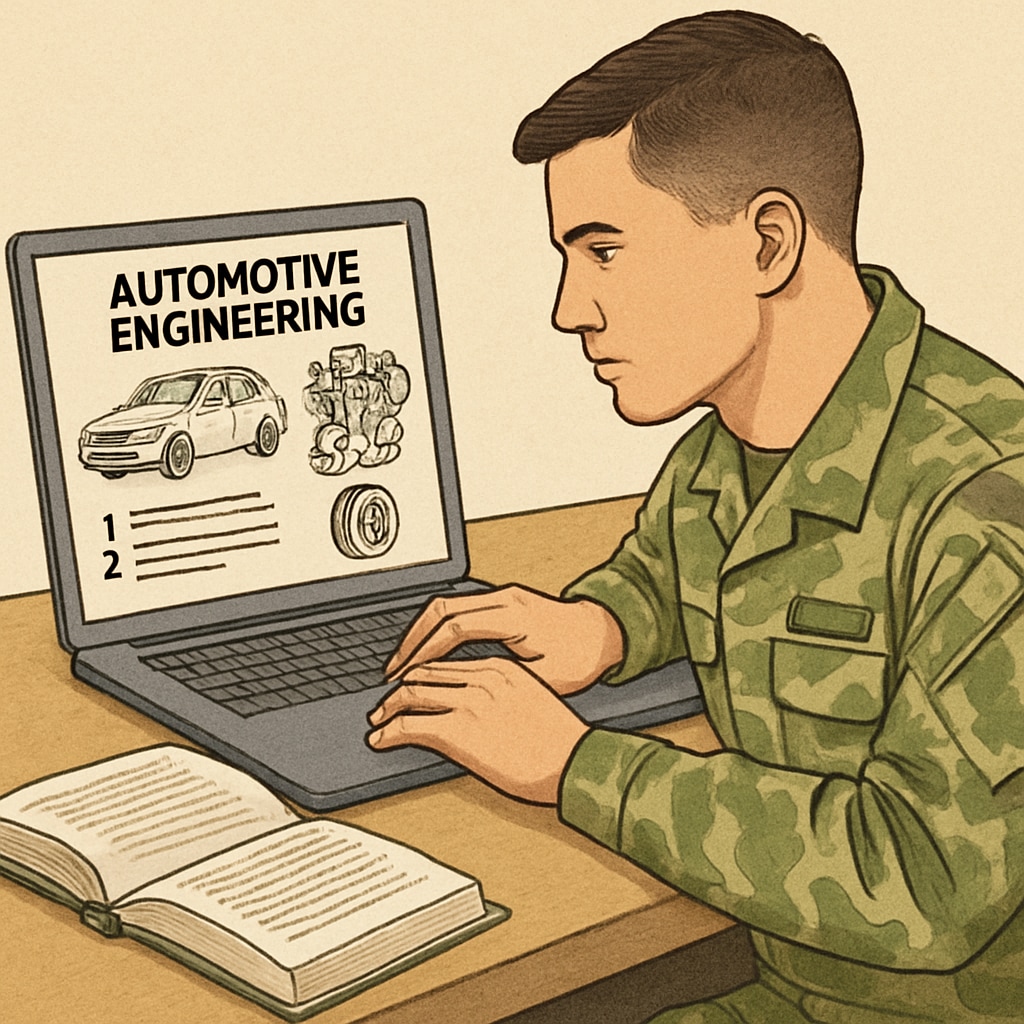Transitioning from an associate degree to a bachelor’s degree can be a significant milestone, especially for military students. For those with an associate degree in automotive technology, this journey involves understanding the nuances of credit transfer and choosing the right academic pathway. By leveraging their military experience and existing credentials, students can efficiently upgrade their qualifications while preparing for broader career opportunities in the automotive and related industries.

Understanding Credit Transfer for Military Students
One of the primary considerations when advancing from an associate degree to a bachelor’s degree is the transfer of credits. Many institutions allow students to transfer a substantial portion of their coursework, especially those earned through an applied science associate degree in automotive technology. However, the process can vary depending on the institution and the program. Military students often have the added advantage of earning additional credits for their military training and experience, which can be evaluated through programs like the Joint Services Transcript (JST).
When exploring credit transfer options, military students should:
- Verify the transfer policies of prospective universities.
- Check for articulation agreements between their current institution and bachelor’s degree programs.
- Utilize resources like the American Council on Education (ACE) to assess transferable credits from military training.
Choosing the Right Bachelor’s Degree Program
Military students with an automotive technology background have a variety of academic paths to consider. Depending on career goals, they may opt for programs in automotive engineering, business management, or even supply chain logistics. Each pathway offers unique opportunities, from hands-on technical roles to leadership positions in the automotive industry.
For example:
- Automotive Engineering: Ideal for those interested in advanced vehicle design and development. This program often emphasizes mechanical and electrical systems, preparing graduates for engineering roles.
- Business Administration: Suitable for students aiming to transition into management or entrepreneurship within the automotive sector.
- Supply Chain Management: Focuses on logistics and operations, which are critical in the automotive industry for manufacturing and distribution.

Leveraging Military Education Benefits
Military students have access to unique educational resources that can significantly reduce the financial burden of pursuing a bachelor’s degree. Programs like the GI Bill and Tuition Assistance (TA) are invaluable for covering tuition costs. Additionally, many schools offer specific scholarships or reduced tuition rates for veterans and active-duty service members.
For example, the Post-9/11 GI Bill provides comprehensive funding for tuition, housing, and books, while the Yellow Ribbon Program bridges the gap between GI Bill benefits and higher tuition costs. These resources, combined with credit for military training, allow students to complete their degrees faster and with less financial strain.
Preparing for a Successful Transition
To ensure a smooth transition from an associate to a bachelor’s degree, military students should plan ahead. This includes researching schools that align with their career goals, understanding admission requirements, and seeking guidance from advisors who specialize in military education. Many universities have dedicated veterans’ offices to assist with enrollment, financial aid, and academic planning.
Additionally, students can benefit from online or hybrid degree programs, which offer the flexibility needed to balance education with other commitments. These programs are often designed to accommodate military lifestyles, allowing students to study from anywhere in the world.
In summary, advancing from an associate degree in automotive technology to a bachelor’s degree is a rewarding journey for military students. By understanding credit transfer processes, selecting the right program, and utilizing military benefits, students can achieve their academic and career goals efficiently. With the right preparation and resources, this transition can open doors to a wide range of opportunities in the dynamic automotive industry.
Readability guidance: The article maintains clear and concise language, with paragraphs limited to 2–4 sentences. It uses active voice for better engagement and includes transition words to enhance flow. Lists are provided to organize key points, and technical terms are explained briefly for wider accessibility.


